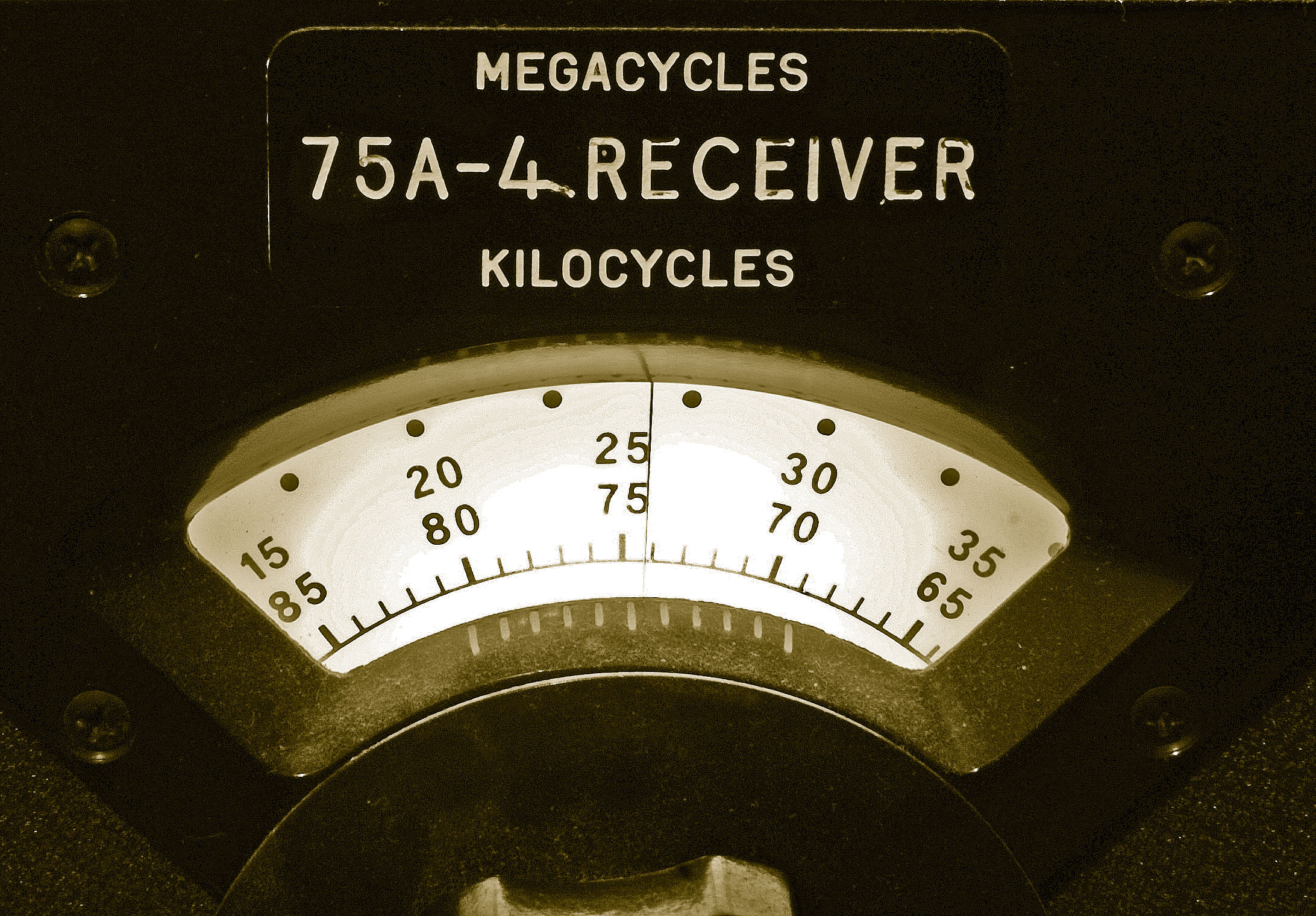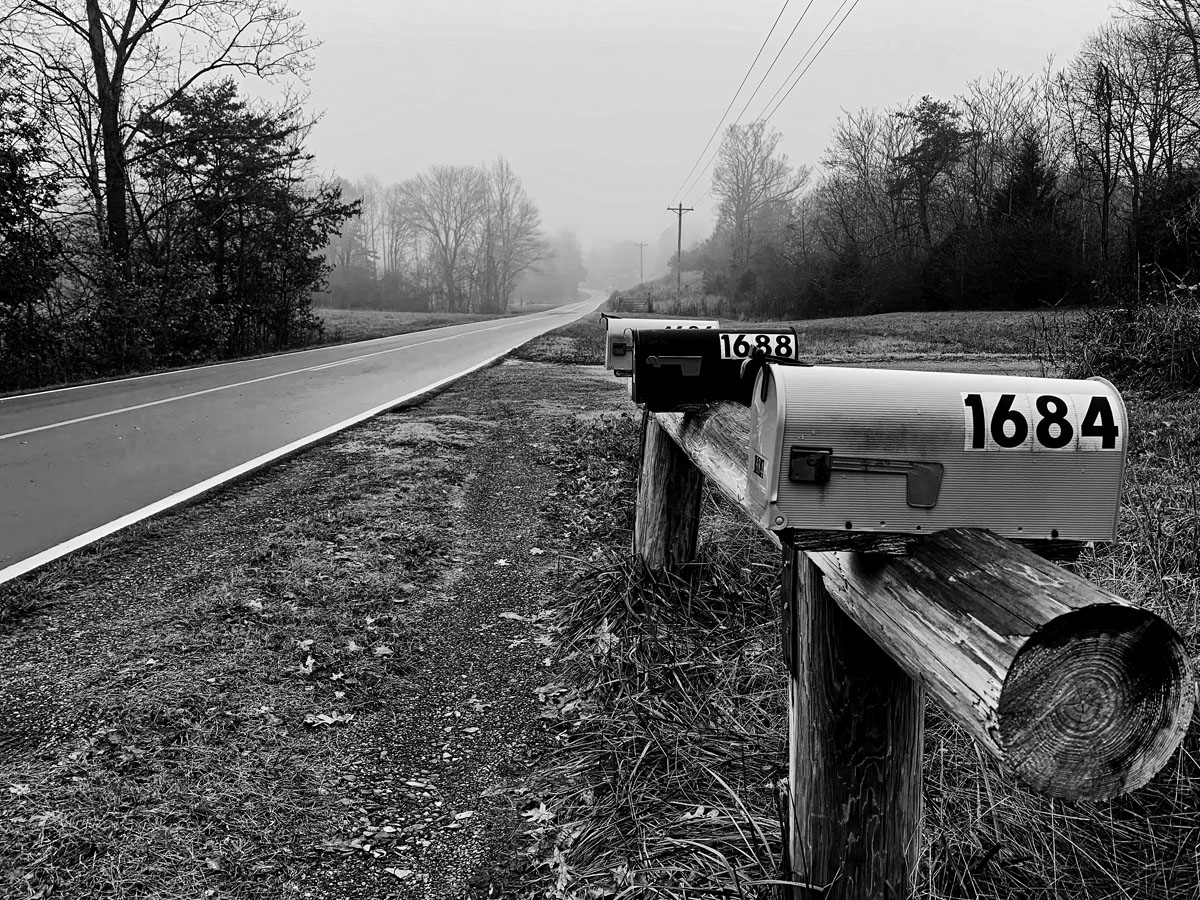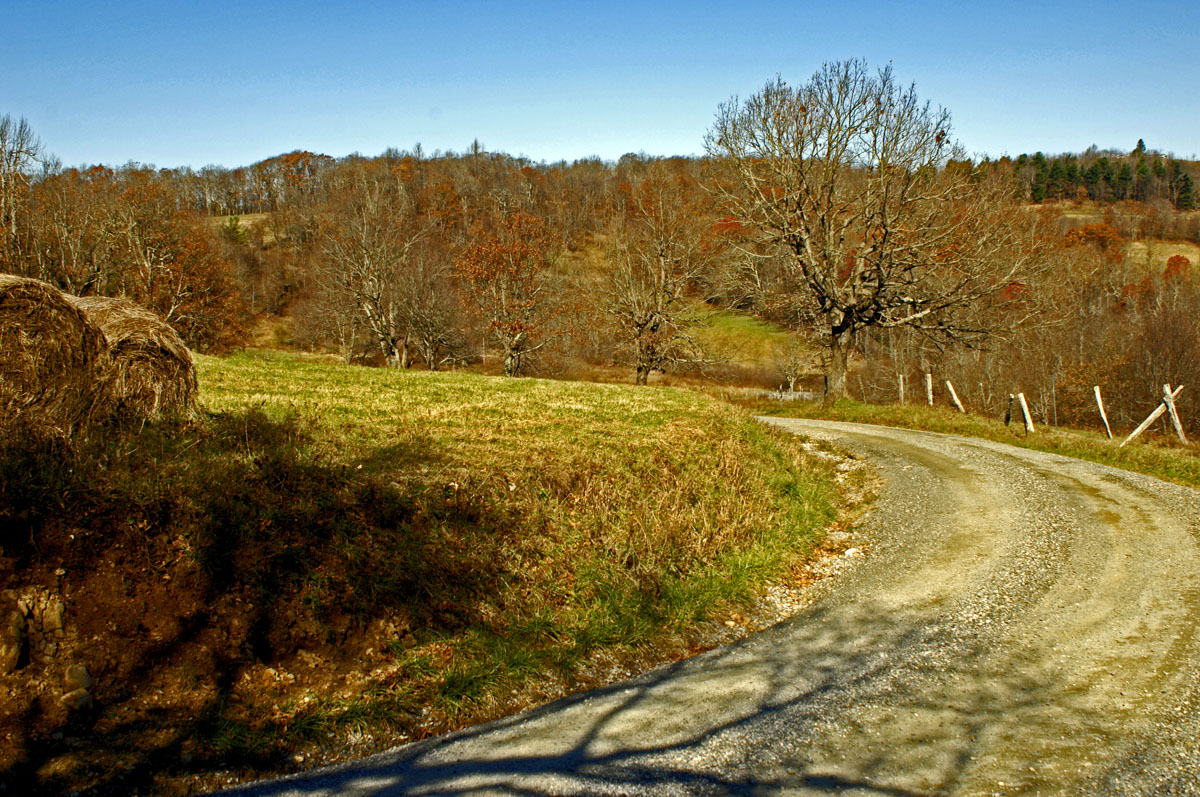
The signal strength dial on a Collins 75A-4 receiver, circa 1952
Uh-oh. This is a nerd post.
Every so often, I have a maintenance day for my collection of obsolete technology. Stuff gets dusted. Stuff gets turned on and exercised. Batteries in portable devices get charged. Little fixes gets done. These things are like pets. Like pets, they like to be photographed. Unlike pets, they hold still for tripod shots with long exposures.
To keep working and for a long life, many devices actually need the periodic exercise. Failure to periodically use my IBM Selectric III would be one of the worst things I could do to it. Capacitors in old radios and other electronics need tend to deteriorate unless they are energized and charged periodically. Batteries require maintenance. But old devices, like old pets, also need to be (and like to be) petted and loved. They are intelligent machines from some incredible engineers. I have been known to say that engineers were some of the best artists of the 20th Century. A collection of old technologies is in many ways an art collection.
Strangely enough, pretty much all my old technology works. I realized today that my Pioneer SX-9000 receiver-amplifier (about 1972) is sitting idle and needs to be used. It works fine, but all of its dial lights are burned out. On eBay, for the SX-9000 and many other classic amplifiers, one can buy brand new LED replacement bulbs for the dial lights. For $19.95, I ordered a set of bulbs. I’ll soon make a project of opening up the SX-9000, dusting it out, replacing the bulbs, and moving it to a place where it can be connected to good speakers and still be heard.
I didn’t get to all my old pets today. But they’re still loved, so maybe tomorrow.

A Monroe 650 calculator, with Nixie tubes, which just calculated the square root of 2. This is my go-to calculator when I’m doing my taxes.

A 10-point “Delegate” typeface for my IBM Selectric III. My IBM Selectric is long retired from the San Francisco Examiner and bears a nameplate for The Typewritorium, a San Francisco typewriter business that may still be in operation, though I think it has moved.

An analog measuring device with a very long history

The fine-tuning dial on the Collins receiver, which has 21 tubes and weighs 35 pounds

A Tektronix 2430A oscilloscope, totally cherry and shipped from San Francisco when I moved. It was retired from the data center of the San Francisco Newspaper Agency, where I believe it was used for calibrating the read-write heads on early “wash tub” disk drives.

The somewhat dusty interior of the Collins 75A-4 receiver

A Civil Defense CDV-700 Geiger counter, in perfect working condition. There were times when winds from the Fukushima Daiichi disaster in Japan (2011) blew this way. The Geiger counter reported a significant (but not dangerous) increase in the North Carolina background radiation.














